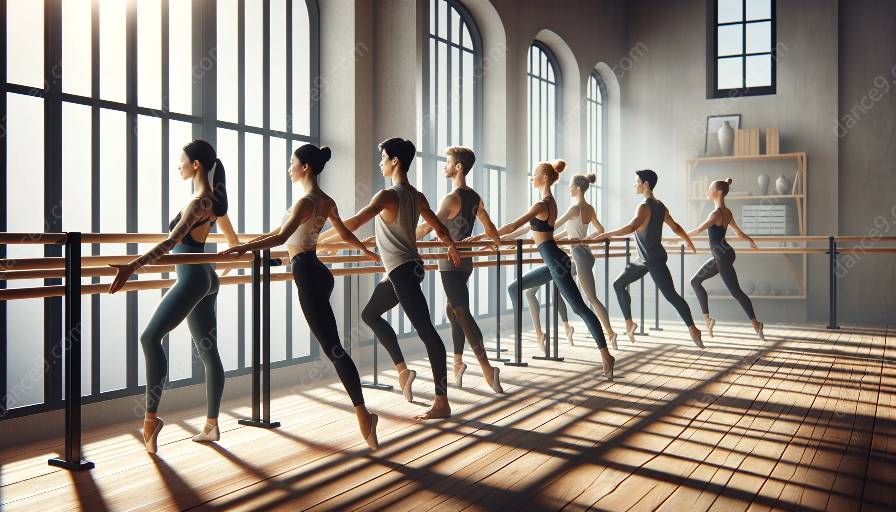From its origins in ballet training to its evolution into a popular practice in modern dance classes, the barre has played a significant role in the development of dance as an art form.
Origins of Barre in Ballet
The barre, or ballet barre, has been an essential component of ballet training for centuries. Its origins can be traced back to the early days of ballet, where dancers used the barre as a support for balance and stability while practicing various exercises and stretches. The use of the barre allowed dancers to improve their technique, strength, and flexibility, laying the foundation for the graceful and precise movements that characterize classical ballet.
Development of Barre Exercises
Over time, the barre exercises became standardized and formed an integral part of ballet training. These exercises focused on developing the muscles, alignment, and turnout, which are essential for executing the intricate movements of ballet. The structured format of barre exercises also provided dancers with a systematic approach to warming up and preparing their bodies for the rigorous demands of ballet performances.
Influence on Modern Dance Classes
As dance continued to evolve, the influence of the barre extended beyond the realm of ballet. Modern dance classes began incorporating barre exercises to help dancers enhance their strength, flexibility, and technique. The emphasis on alignment, balance, and control inherent in barre work made it a valuable addition to the training regimen of dancers across various dance styles.
Integration of Barre Techniques
Contemporary dance forms, such as jazz, contemporary, and even fitness-oriented dance classes, have embraced the principles of barre work. The structured and disciplined approach of barre exercises has found resonance with dancers seeking to improve their overall physical conditioning and technical proficiency. The integration of barre techniques has led to the development of specialized barre-based fitness and dance classes that cater to a wide range of participants, from professional dancers to enthusiasts looking for a fun and effective workout.
Evolution of Barre Practices
As the popularity of barre in dance classes has grown, there has been an evolution in the practices associated with barre work. Choreographers and instructors have expanded the repertoire of barre exercises, incorporating creative variations and innovative sequences to offer diverse experiences for participants. The fusion of traditional barre techniques with contemporary dance elements has led to the emergence of dynamic and engaging barre-based workouts that continue to captivate and challenge dancers of all levels.
Conclusion
The historical context and evolution of barre in dance underscore its enduring significance in the world of dance. From its humble beginnings as a tool for ballet training to its contemporary presence in diverse dance classes, the barre continues to shape the physicality and artistry of dancers while enriching the holistic experience of dance practice.













































































